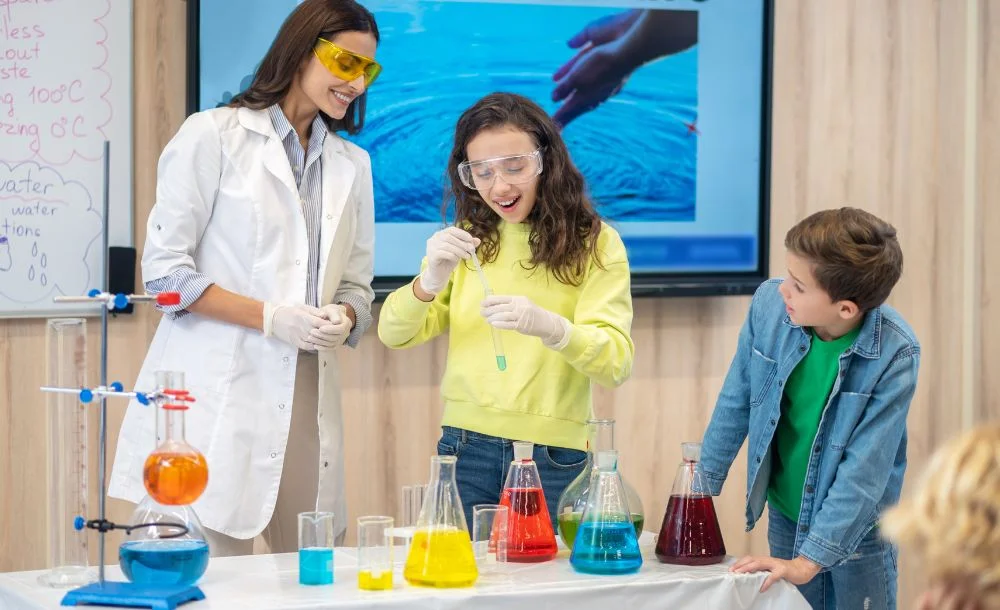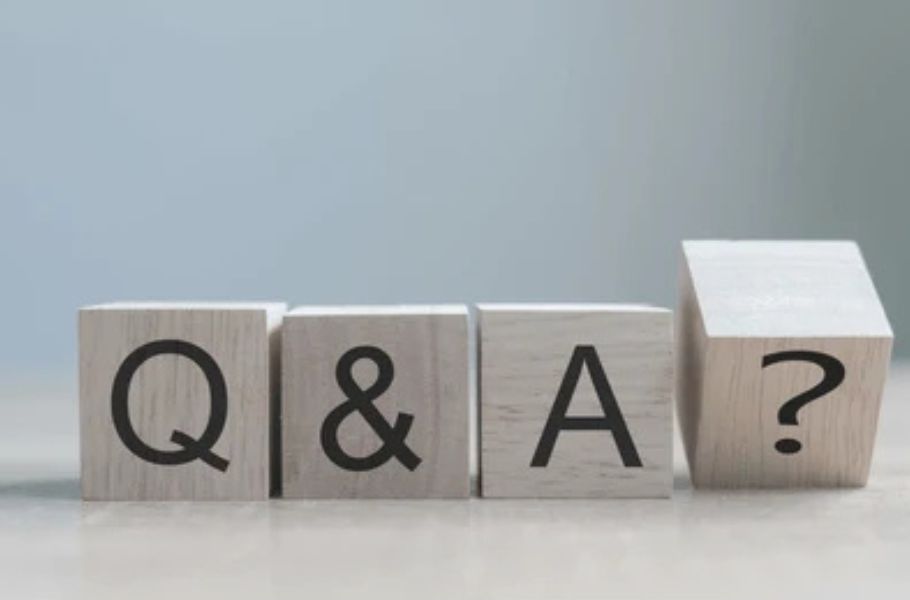Lessons in Chemistry episode guide is your ultimate companion to understanding one of the most captivating and thought-provoking series to hit Apple TV+ in recent years. Set in the 1950s, this standout show follows the compelling journey of Elizabeth Zott, a brilliant female chemist who dares to challenge the rigid gender roles of her time. Based on the bestselling novel by Bonnie Garmus, Lessons in Chemistry offers a seamless blend of historical drama, emotional storytelling, and a powerful feminist message. With its nuanced characters and deeply layered narrative, the show has struck a chord with viewers around the world. This in-depth lessons in chemistry episode guide will take you through each chapter of Elizabeth’s story, break down character arcs, explore recurring themes, and highlight the reasons why this series has earned a place on your must-watch list. Whether you’re diving in for the first time or revisiting key episodes, this guide will provide all the insight you need.
Introducing Elizabeth Zott and Her World
At the center of Lessons in Chemistry is Elizabeth Zott, a fiercely intelligent chemist who struggles to be taken seriously in an academic world that is largely dismissive of women. The show wastes no time establishing Elizabeth’s brilliance and independence, as well as the many roadblocks she faces in pursuit of a scientific career. This lessons in chemistry episode guide begins with a firm understanding of Zott’s motivations: she wants to do real scientific work, not type memos or fetch coffee for her male colleagues. Her perseverance and refusal to conform make her both a relatable protagonist and a symbol of quiet revolution. Set against the conservative backdrop of mid-century America, Elizabeth’s story unfolds not only in the lab but also in the kitchen, on television, and in the hearts of the viewers.
A Journey Through Eight Powerful Chapters
The structure of the series is methodical and elegant, told in eight compelling episodes that each contribute to the overarching message of empowerment, love, and loss. In the first episode, titled Little Miss Hastings, viewers are introduced to Elizabeth’s daily challenges at the Hastings Research Institute, where she meets Calvin Evans, another brilliant mind in the chemistry world. Their initial interactions are filled with tension, curiosity, and eventually, a deep and meaningful connection. This episode sets the tone for what’s to come a mix of scientific discovery, personal growth, and societal rebellion. Moving on to Her and Him, the second episode dives deeper into the relationship between Elizabeth and Calvin. Their bond grows stronger, not just romantically but also intellectually, creating a partnership built on mutual respect. The emotional chemistry between them is palpable, reinforcing the show’s commitment to portraying meaningful relationships without falling into clichés.
Episode three, Living Dead Things, is where things take a more introspective turn. Calvin’s past and inner struggles begin to surface, and Elizabeth is faced with profound realizations about her own future. In this lessons in chemistry episode guide, we see how the show masterfully balances its emotional tone with its scientific metaphors, using lab concepts as symbols for life’s bigger questions. Primitive Instinct, the fourth episode, explores deeper emotional terrain, especially when tragedy strikes and Elizabeth is forced to confront an unexpected loss. Her grief is raw, yet the narrative never reduces her to just a victim. Instead, she evolves using her knowledge and inner strength to reinvent herself.
By the time we reach CH3COOH (episode five), Elizabeth’s transformation is in full swing. She finds herself hosting a cooking show, but rather than conforming to the era’s expectations of women, she infuses each episode with scientific insight. What seems like a setback becomes a platform. This twist is a turning point in the lessons in chemistry episode guide, highlighting how Elizabeth reshapes her reality through knowledge. The show Supper at Six becomes her laboratory, and every recipe is a chemistry lesson in disguise. Episode six, Poirot, adds a layer of mystery and exploration. Elizabeth begins to unravel the deeper truths about Calvin’s history, piecing together parts of his past that he never shared. It’s both investigative and emotional, showing how love lingers and how grief becomes a search for understanding.
In Book of Calvin, the seventh episode, we delve into Calvin’s backstory. Through a series of flashbacks and emotional revelations, the audience gains insight into his traumas and motivations. Elizabeth’s reflections during this episode provide even more depth to her character and show how she continues to evolve, even as she uncovers painful truths. Finally, in Introduction to Chemistry, the eighth and final episode, the series comes full circle. Elizabeth is no longer just a scientist or a grieving partner she is a teacher, a mother, a leader, and a beacon for change. Her show becomes a national phenomenon, not because she conforms, but because she dares to educate and empower. It’s a beautiful and satisfying conclusion to the narrative, and any comprehensive lessons in chemistry episode guide would be incomplete without emphasizing the power of this finale.
Themes That Bind the Series Together
At its core, Lessons in Chemistry is a story about breaking barriers. It addresses the systemic oppression women faced in the 1950s and draws a clear line to the present day, asking the audience to consider how far we’ve really come. The show explores love, loss, ambition, and resilience, all while celebrating intellect and independence. In this lessons in chemistry episode guide, we can’t ignore the layered approach the series takes in telling its story. Feminism isn’t preached it’s portrayed. Science isn’t just a backdrop it’s a metaphor. And relationships aren’t superficial they’re built on vulnerability and mutual respect.
Growth in Every Direction
Elizabeth Zott is undoubtedly the beating heart of the series, but the supporting characters add texture and complexity to the story. Calvin Evans, while physically absent for much of the latter half of the series, remains a presence in Elizabeth’s life and in the choices she makes. Characters like Harriet, her neighbor and eventual friend, and Walter, the producer who helps launch her television career, all undergo meaningful development as well. The show’s writers ensure that no character is one-dimensional, which makes this lessons in chemistry episode guide a study in how to write characters with emotional richness and evolving perspectives.
Scientific Accuracy and Symbolism
While Lessons in Chemistry isn’t a documentary, the series takes care to respect the scientific elements it showcases. From proper lab equipment usage to discussions of chemical reactions, the show pays homage to the discipline without becoming overly technical. More importantly, it uses science as a metaphor chemical reactions mirror human relationships, and the laws of physics echo the struggles for equality. A critical part of this lessons in chemistry episode guide is appreciating how science and symbolism are seamlessly woven together to tell a more profound human story.
Differences from the Book
Readers of the original novel will find much to appreciate in the adaptation, though it’s important to note that some plot points have been altered or expanded for the screen. The TV series takes certain liberties to deepen character development or adjust pacing. However, the essence of the story remains intact. This lessons in chemistry episode guide recognizes that while no adaptation is perfect, this one stays faithful to the emotional core of the book, making it both enjoyable for fans and accessible to new viewers.
Reception and Cultural Impact
Since its debut, Lessons in Chemistry has received widespread praise from critics and viewers alike. Brie Larson’s performance has been hailed as nuanced and powerful, while the show’s thoughtful writing and period-accurate visuals have been equally lauded. It has sparked conversations about women in STEM fields, gender inequality, and the importance of educational programming. As this lessons in chemistry episode guide makes clear, the show’s impact goes far beyond entertainment it’s a conversation starter and a cultural touchstone.
Why This Series Matters?
In today’s world, stories like Lessons in Chemistry are more important than ever. They remind us of the struggles that came before and the work that remains. They inspire viewers to question, to learn, and to lead. Elizabeth Zott’s journey from overlooked lab assistant to national icon is not just fiction it’s a call to action. This lessons in chemistry episode guide isn’t just about plot points; it’s about understanding why this story resonates so deeply with so many people.
Final Thoughts
To sum it all up, Lessons in Chemistry is more than a miniseries it’s a powerful narrative about challenging the status quo, embracing intellect, and honoring the complexity of human emotion. Through this detailed lessons in chemistry episode guide, we’ve unpacked each episode, explored recurring themes, and gained a better understanding of why this show has struck a chord with so many. Whether you’re a fan of period dramas, feminist storytelling, or character-driven narratives, Lessons in Chemistry offers something profound. It’s not just a show you watch it’s one you feel, remember, and share.

























